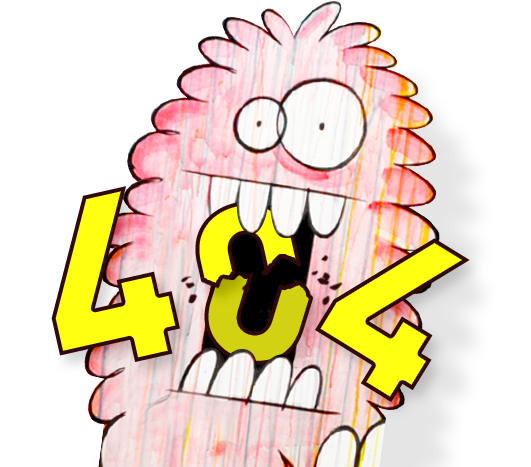
The page you're looking for doesn't exist.
But we've got plenty of content on that topic below.
Displaying 0 of 0 Search Results
Want support quitting? Join EX Program
By clicking JOIN, you agree to the Terms, Text Message Terms and Privacy Policy.
Msg&Data rates may apply; msgs are automated.
